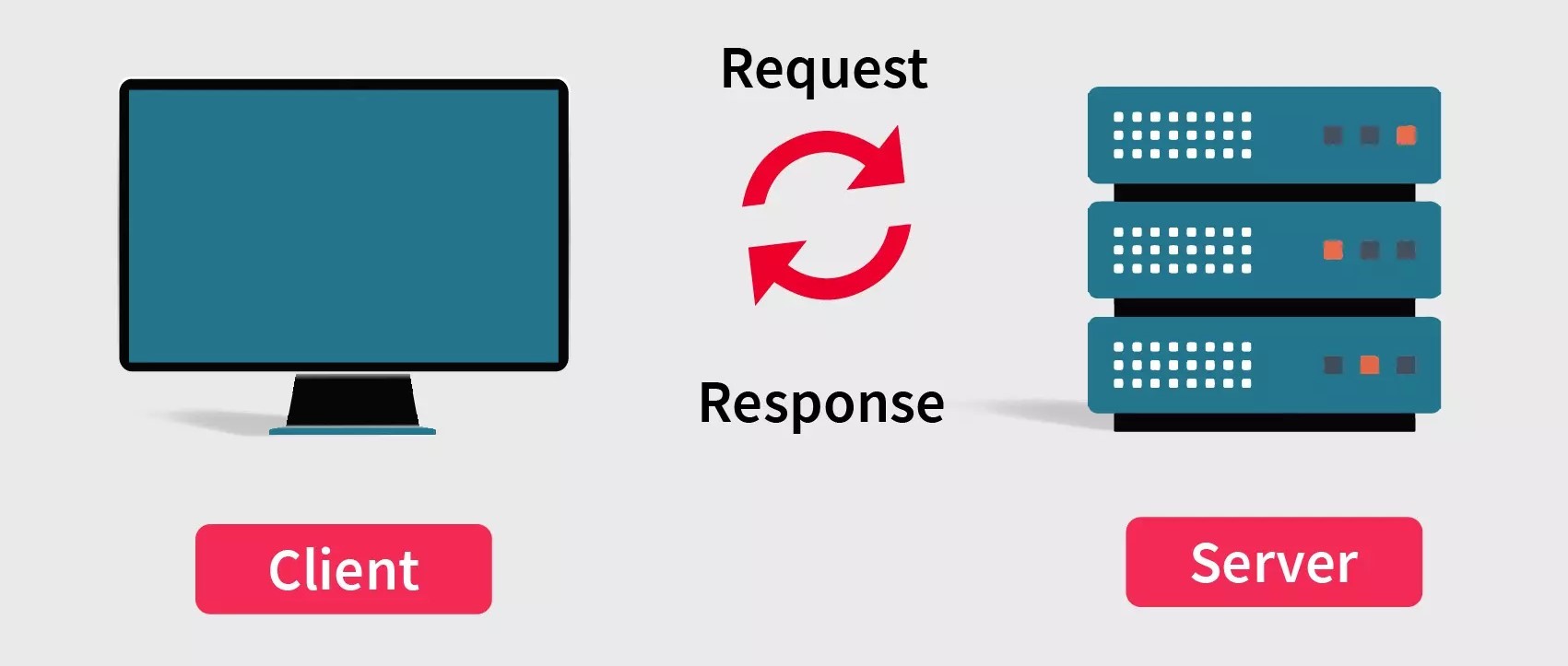Choosing the Right Approach

Figure 1. Client and Server.
Figure 1 shows client and server. Selecting the appropriate approach between Server-Side and Client-Side processing is a pivotal decision in web development. Here's a guide to help you make an informed choice based on your project's needs.
Server-Side Processing: When to Choose
Data Security and Privacy: If your application deals with sensitive data like user authentication, financial transactions, or personal information, Server-Side processing is recommended. Keeping these operations on the server minimizes exposure and enhances security. [1]
SEO and Content Indexing: If search engine visibility is crucial, Server-Side processing is favored. It ensures that search engines can effectively index your content, potentially boosting your website's rankings.
Complex Business Logic: Applications with intricate workflows, calculations, or rules are better suited for Server-Side processing. It allows you to maintain control over these processes in a centralized manner.
Data Integrity and Consistency: In scenarios where maintaining data consistency is paramount, such as e-commerce platforms, Server-Side processing helps ensure accurate data handling.
Initial Load Time: If providing a fast initial page load is a priority, especially for content-heavy websites, Server-Side rendering can offer better performance.
Client-Side Processing: When to Choose
Interactive User Experience: For applications that demand high interactivity and real-time updates, Client-Side processing shines. Social media feeds, real-time collaboration tools, and single-page applications (SPAs) benefit from this approach.
Faster Interactions: If you want to create a responsive and fluid user experience with quick updates, Client-Side processing is ideal. Users will see immediate changes without waiting for server responses.
Reduced Server Load: In situations where minimizing server load is important, such as when scaling up to handle heavy traffic, Client-Side processing can help distribute some of the processing burden to users' devices.
Asynchronous Operations: Applications requiring background data fetching or asynchronous tasks, like live notifications, benefit from Client-Side processing's ability to handle such operations seamlessly.
Innovative UI/UX: When you aim to create innovative user interfaces or experimental interactions, Client-Side processing provides the flexibility to achieve unique designs. [1]
Hybrid Approach: Finding the Balance
Consider adopting a hybrid approach that combines the strengths of both Server-Side and Client-Side processing. This involves using Server-Side rendering for initial page loads and critical content for SEO, while leveraging Client-Side processing for dynamic updates and enhanced user experiences. This balance helps optimize performance and user engagement.
Final Decision
Ultimately, the decision depends on your project's specific requirements, user expectations, and the development team's skills. A careful evaluation of factors such as data security, interactivity, SEO, and performance will guide you toward the most suitable approach. Remember that technology evolves, and revisiting your choice as your project matures is a wise practice to ensure your web application remains efficient and effective.
References:
- https://www.indeed.com/career-advice/career-development/client-side-vs-server-side
Cite this article:
Hana M (2023), Server-Side vs Client-Side, AnaTechmaz, pp.5





